Power mobile engagement
Retain your mobile customers by sending timely messages powered by behavioral data, through push notifications. Send alerts, updates, offers, and more, reaching them when it matters. All plans include unlimited mobile message sends at no extra cost.
- 14-day free trial
- No credit card required
- Cancel anytime

Data-driven omnichannel messaging strategy
Leverage your data to send dynamic mobile messages like in-app, push, and SMS that engage users wherever they are in their lifecycle. Guide people back to your app using tailored push notifications based on user preferences and actions, informed by real-time historical data.

Access zero- and first-party data
Use mobile SDKs to capture your app data, such as identifying people, custom events, screen views, and device tokens.
Data-driven segmentation
Split your audience into segments based on engagement with your app.
Dynamic messaging
Personalize messages based on your audience’s data using Liquid.
Push that delivers
Guarantee the delivery of essential messages such as updates, billing notifications, and confirmations using our Transactional API.
Platform consolidation
Combine marketing and product messages seamlessly within a single platform, simplifying your messaging infrastructure and enhancing user experience.
Deliverability assurance
Ensure critical messages reach your audience quickly and reliably with our robust infrastructure, offering real-time delivery and minimized latency.
Consistent branding
Maintain brand consistency across all communications, including transactional messages, using our flexible styling options and layout controls.
An enhanced customer experience
Drive mobile app sessions with content-rich messages that encourage action and direct your audience exactly where you want them to go.
Robust content
Leverage clickable links, images, and videos for engaging content that drives action.

Personalize actions
Maximize value by using deep links that take individuals to specific pages within your app.

Seamless integration with your mobile app
Our modular SDKs streamline mobile development. Identify users, track events, and send push notifications and in-app messages without writing your own integration from scratch. Our SDKs are split into packages for flexibility, allowing you to add only what you need to minimize the impact on your app's size.

Push notification features
Simple push
Push notifications with only a title and body text
Rich push
Messages that include images, links, and sounds
Deep links
URLs that link people to specific screens within your app
Multi-language
Store language preferences for message localization
Dynamic content
Use Liquid to personalize messages with data
Push metrics
Track attempted, sent, opened, converted, and failed messages
Mobile SDKs
iOS, Android, React Native, Flutter, Expo
A/B testing
Optimize messages and monitor performance
Get an easy yes from engineering
Win the hearts of your mobile engineering team with our comprehensive developer documentation and intuitive SDKs. Streamline your integration process and watch your push notification strategy elevate customer satisfaction, engagement, and loyalty. Get started with our SDKs.
Open-source SDKs (MIT licensed)
With semantic versioning (semver) SDK updates are frequent, ensuring access to the latest offering and keeping up with platform updates.
Designed with test automation in mind
Mocking plus dependency injection-friendly. Snapshot builds and quick releases so less time waiting for fixes.
Fully documented
Covers everything from implementation to common use cases. Access to internal testing apps for test automation and QA. Easy to set up and flexible to customize to your unique use cases.
Up-to-date with the latest versions
Available on package managers like Maven Central (Android), Swift Package Manager and Cocoapods (iOS and VisionOS) and more.
Mobile push notification strategies
Discover push best practices and trends to enhance engagement with your mobile audience.
Getting started with push notifications
9 tips to create a mobile marketing strategy
How Musora reduced subscriber churn by 3%
How to measure push performance
Mobile messaging trends for 2024
Your guide to personalized mobile onboarding
Preferred by product-led companies

After evaluating Customer.io and Braze head to head, we decided to go with Customer.io for the ease of integration, transactional messages, our mobile capabilities, especially push notifications, and for the support, we know we would get.


Customer.io is so intuitive that anyone in our organization can understand how to use the platform. Being able to build and launch complex automated campaigns with a small amount of resources is phenomenal.


We use all channels in our campaigns, when it makes sense to do so. Last month we sent over 11M emails, over 5M push notifications, almost 1M in-app messages, and almost 100,000 SMS messages from Customer.io.


The multi-channel approach allows us to test and refine our strategies through A/B testing, helping us understand what value propositions motivate our users.


We have been using Customer.io since 2015, and it is a flexible and powerful platform. We can create customized campaigns based on how often our users walk their dogs, which makes our messaging more effective for us and our sponsors. Terrific customer support combined with their great product makes Customer.io an important partner for our mobile app.

Supercharge your messaging automation
- 14-day free trial
- No credit card required
- Cancel anytime